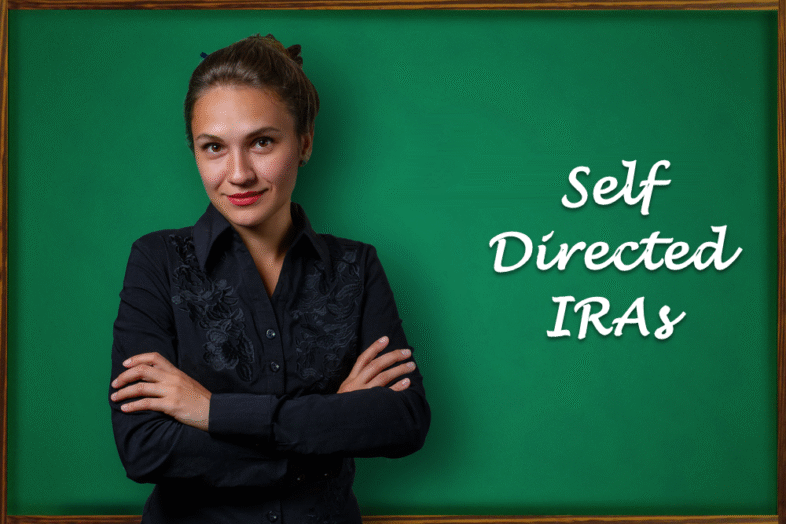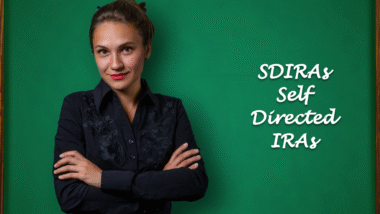To do a lease purchase with a self-directed IRA (SDIRA), you must have a qualified SDIRA custodian and a special IRA bank account. The IRA, not you personally, must be the buyer on all contracts. All funds for the purchase, including deposits, must come from the IRA bank account, and any income generated by the property must flow back into the IRA, which covers all expenses.
Step-by-step guide
- Open a Self-Directed IRA and an associated bank account: If you don’t already have one, open an SDIRA with a custodian that specializes in real estate investments. You’ll also need to open a dedicated business bank account in the name of the IRA to handle transactions.
- Fund the SDIRA: Transfer funds into your SDIRA from existing IRAs, roll over from a 401(k), or make new contributions.
- Find a property and make an offer: Once the account is funded, you can find a property that you want to lease-purchase. Make sure to use the IRA’s bank account for any earnest money deposits.
- Have your SDIRA custodian handle the transaction: The property title will be held in the name of your IRA, not yours. Your SDIRA custodian will sign the purchase contract and closing documents on behalf of your account. You can direct the transaction, but the custodian executes it to ensure the purchase is compliant with IRS rules.
- Handle property expenses and income: All costs associated with the property, such as rent payments from a tenant, must go directly into the IRA bank account. Likewise, you must pay all expenses (taxes, insurance, maintenance) from the IRA bank account.
- Follow the lease purchase agreement: You can set up a lease-purchase agreement with a tenant, but remember that the IRA must be the landlord. The agreement must not benefit you or any other “disqualified person” (like your spouse or children), and the lease payments must go directly into the IRA.



